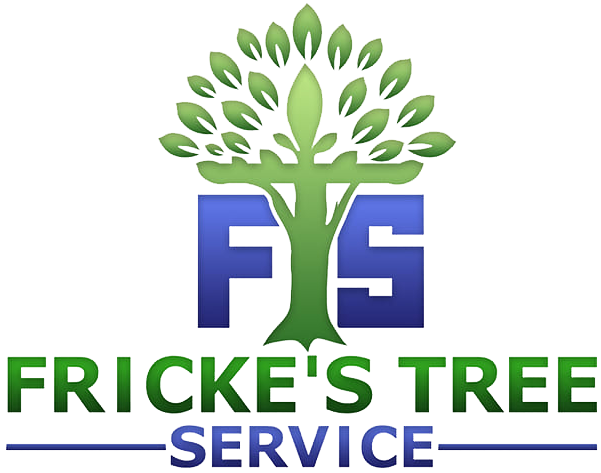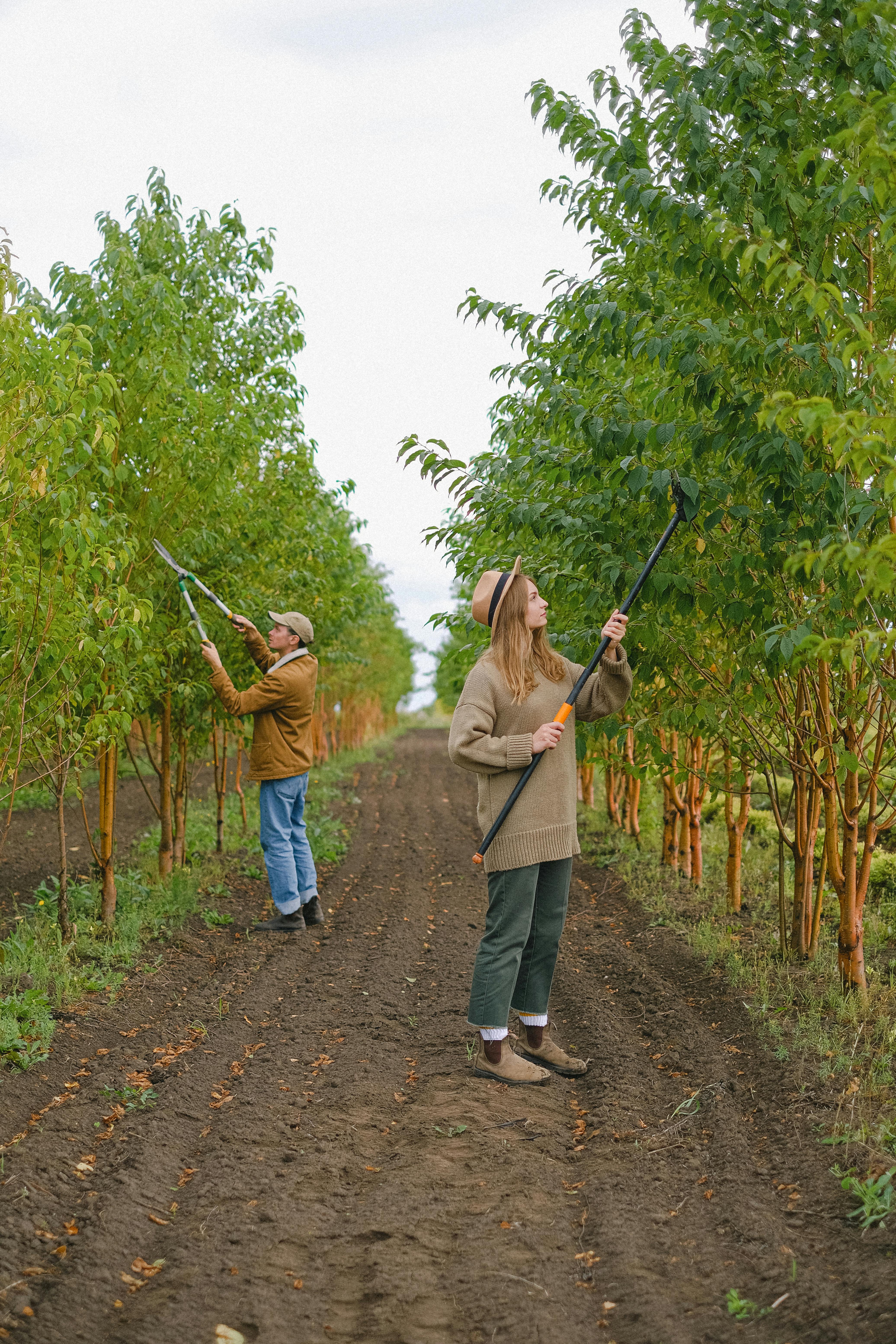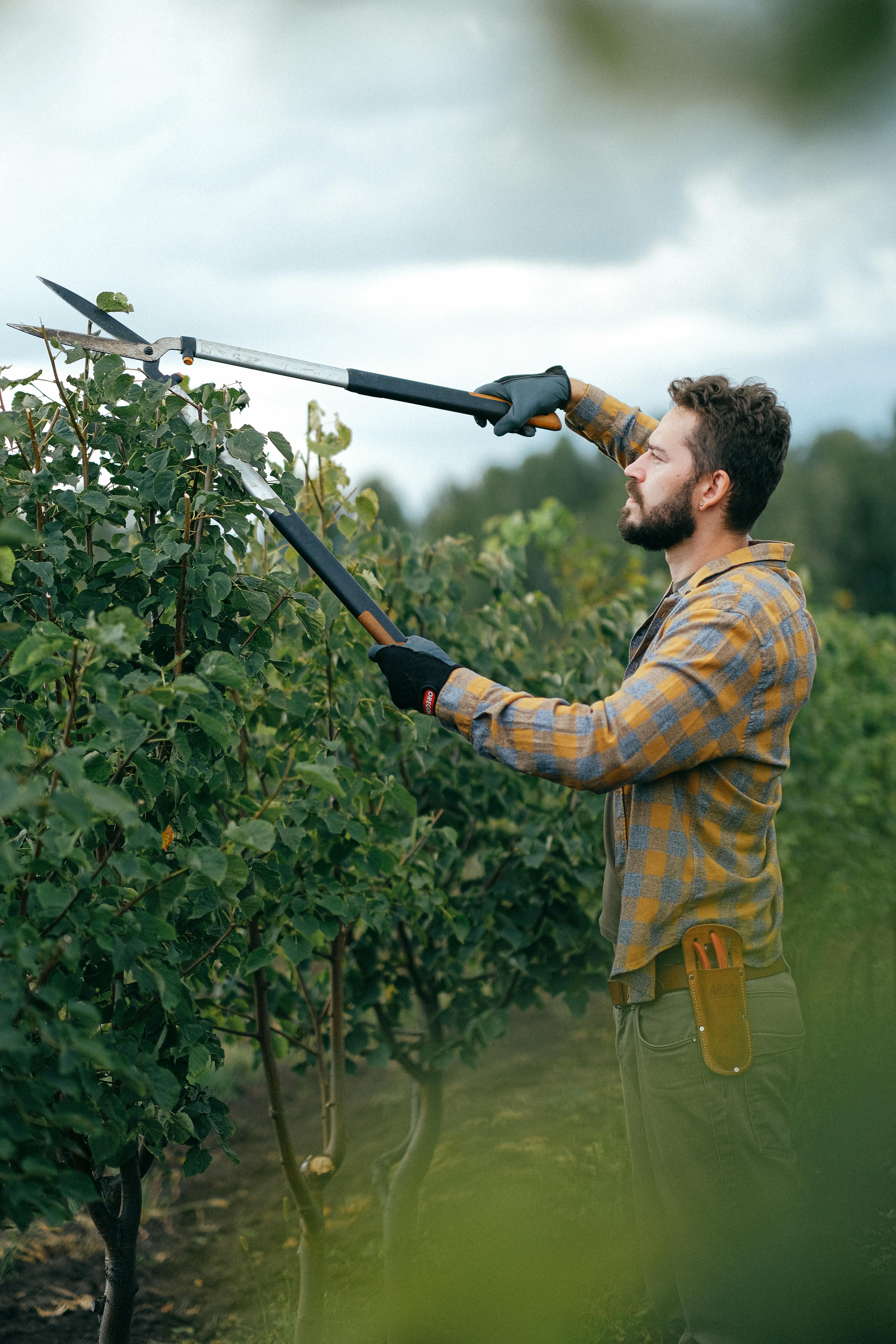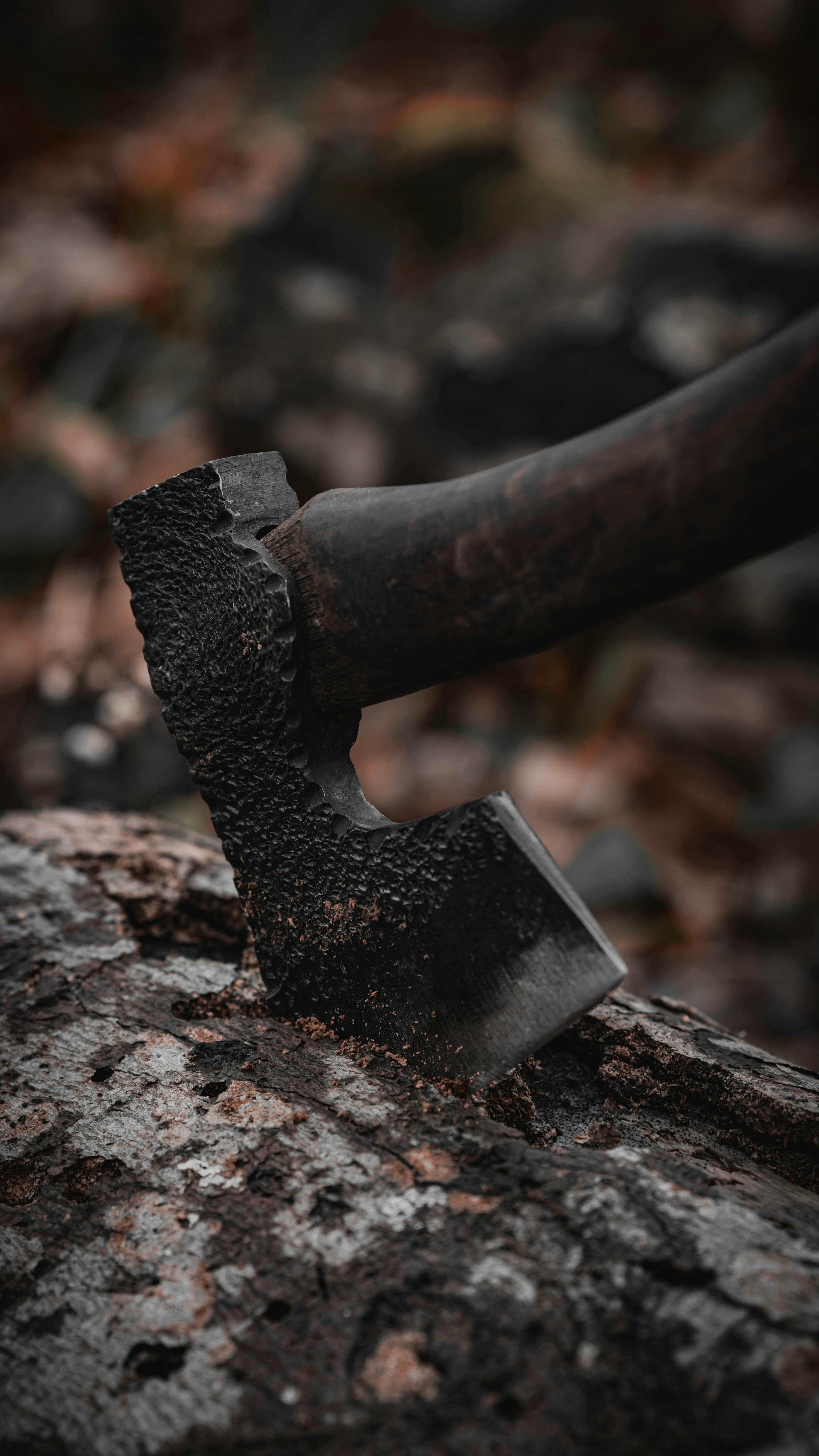Fricke's Tree Service
Safely Spot and Remove Dangerous Trees Together
How to Identify and Remove Hazardous Trees
Understanding Hazardous Trees
Hazardous trees pose a significant risk to property and safety. Identifying these trees early can prevent accidents and costly damages. In this comprehensive guide, we will explore how to recognize hazardous trees and the steps to safely remove them from your property. Understanding the characteristics of these trees is essential for maintaining a safe environment for both people and structures.Signs of a Hazardous Tree
Identifying a hazardous tree involves looking for specific signs that indicate potential danger. Here are some key indicators to watch for:- Dead or Dying Branches: Look for branches that are brittle, broken, or missing leaves, as these can indicate that the tree is unhealthy.
- Cracks and Splits: Check for visible cracks in the trunk or large branches, which can compromise the tree's structural integrity.
- Fungal Growth: The presence of mushrooms or other fungi growing at the base of the tree can indicate internal decay and weakness.
- Leaning Trees: Trees that lean significantly may be unstable and at risk of falling, especially during storms or high winds.
- Root Damage: Exposed roots or soil erosion around the base can weaken a tree's stability and increase the risk of it toppling over.
Assessing the Risk
Once you identify potential hazardous trees, it’s essential to assess the risk they pose to your property and safety. Consider the following factors when evaluating the situation:- Proximity to Structures: Trees that are close to homes, power lines, or other structures are inherently more dangerous and can cause significant damage if they fall.
- Tree Species: Some tree species are more prone to disease and structural failure, making them higher risk in certain environments.
- Weather Conditions: Be mindful of weather conditions; high winds or heavy rain can exacerbate the risk of falling branches or trees, especially if they are already compromised.
When to Call a Professional
While some tree removal tasks can be handled by homeowners, others require professional expertise to ensure safety and proper technique. Here are situations where you should consider hiring a tree service:- Large Trees: Trees over 15 feet tall should be handled by professionals who have the right equipment and experience.
- Complex Situations: If the tree is near power lines, structures, or other obstacles, professional help is crucial to avoid accidents.
- Health Risks: If you are unsure about your ability to safely remove a tree or if the situation seems dangerous, it’s best to call an expert who can assess and manage the risk.
Steps to Remove a Hazardous Tree
If you decide to remove a hazardous tree yourself, follow these steps to ensure safety and effectiveness:1. Gather Necessary Tools
Before starting the removal process, make sure you have the right tools on hand to complete the job safely:- Chainsaw
- Safety goggles
- Hard hat
- Gloves
- First aid kit
2. Plan the Removal
Assess the area around the tree and plan your escape route carefully. Ensure there are no obstacles in the way that could impede your movement when the tree begins to fall.3. Make the Cut
Follow these cutting techniques to ensure a controlled and safe removal:- Notch Cut: Create a notch on the side of the tree facing the direction you want it to fall. This will guide the tree's fall.
- Back Cut: Make a horizontal cut on the opposite side of the tree, slightly above the notch cut, to allow the tree to fall safely.
4. Retreat Safely
As the tree begins to fall, move away quickly along your planned escape route to avoid any potential hazards.Post-Removal Considerations
After successfully removing the tree, consider the following important factors:- Stump Removal: Decide whether to grind the stump down or leave it in place, depending on your landscaping plans.
- Disposal: Check local regulations for tree disposal methods to ensure compliance and environmental responsibility.
- Replanting: Consider planting a new tree in a safer location to enhance your landscape and contribute positively to the environment.
Preventing Future Hazards
To minimize the risk of hazardous trees in the future, implement these preventive measures regularly:- Regular Inspections: Conduct annual tree inspections to catch issues early and address them before they become serious problems.
- Proper Pruning: Regularly prune trees to remove dead or weak branches, promoting healthy growth and reducing hazards.
- Healthy Practices: Ensure trees are healthy by providing adequate water, nutrients, and care to prevent disease and structural issues.
Conclusion
Identifying and removing hazardous trees is crucial for maintaining safety in your environment. By following the steps outlined in this guide, you can effectively manage tree hazards and protect your property. If you’re ever in doubt about your ability to safely remove a tree or assess its condition, don’t hesitate to reach out to a professional tree service for assistance and expert advice. For more information or to request an estimate for tree services, please visit Frick's Tree Service. They can provide you with the expertise needed to handle any tree-related concerns you may have.RECENT POSTS
Interested in Our Services?
Get in touch today to discuss your next project and we will happy to answer any questions and provide you with a no-obligation FREE Estimate.
Contact Details
Address: 427 Pleasant Oaks Trl, Osteen, FL 32764, United States of America
Phone: (321) 240-5613
Email: jonfric@yahoo.com
Quick Links
Contact Details
Address: 427 Pleasant Oaks Trl, Osteen, FL 32764, United States of America
Phone: (321) 240-5613
Email: jonfric@yahoo.com







